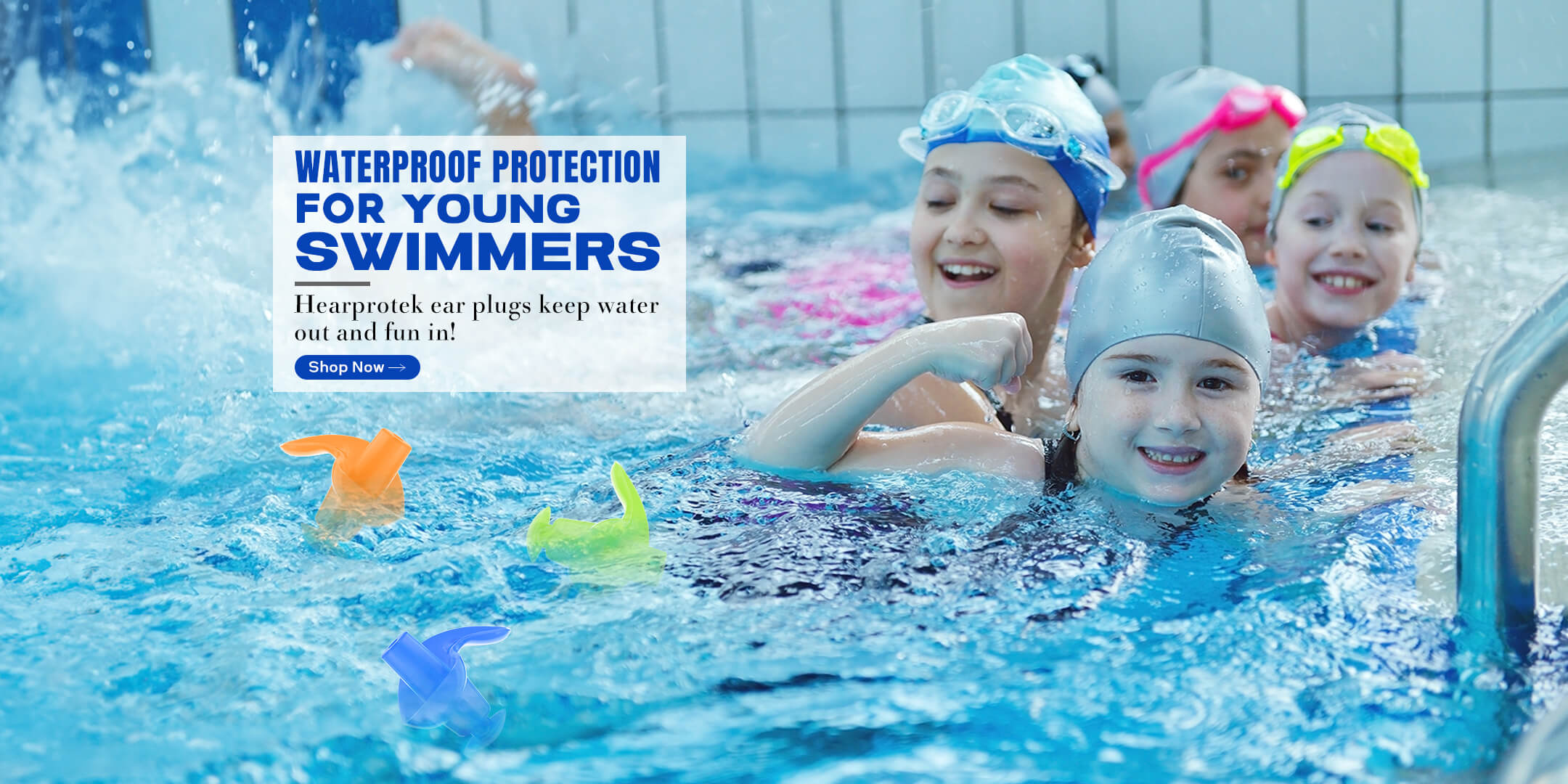How to Properly Choose and Use Ear Plugs for Maximum Protection
When it comes to protecting your hearing, choosing and using the right ear plugs is crucial. Whether you are exposed to loud noises at work, attending a concert, or simply trying to get a good night's sleep, finding the perfect ear plugs can make all the difference. In this article, we will explore the various factors to consider when selecting ear plugs and provide tips on how to use them effectively for maximum protection.
Understanding Noise Reduction Rating (NRR)
One of the most important aspects to consider when choosing ear plugs is the Noise Reduction Rating (NRR). The NRR is a measure of how effectively the ear plugs can reduce the intensity of sound. It is typically expressed in decibels (dB) and the higher the NRR, the greater the level of noise reduction. For maximum protection, it is recommended to choose ear plugs with a high NRR, especially in environments with extremely loud noises.
For example, if you are attending a rock concert with an NRR of 32 dB, and the noise level is around 100 dB, the effective noise level reaching your ears would be reduced to 68 dB. This significant reduction can help prevent hearing damage and discomfort.
Types of Ear Plugs
There are various types of ear plugs available in the market, each designed to cater to different needs and preferences. Let's explore some of the most common types:
1. Foam Ear Plugs
Foam ear plugs are one of the most popular choices due to their affordability and effectiveness. They are made of soft foam material that expands to fit the shape of your ear canal, providing a snug and comfortable fit. Foam ear plugs are disposable and come in different sizes to accommodate various ear sizes. They are ideal for general noise reduction and can be used in a variety of settings, including concerts, construction sites, and even for sleeping.
2. Silicone Ear Plugs
Silicone ear plugs are another common option that offers a reusable and durable solution. They are made of soft silicone material that can be easily molded to fit the shape of your ear. Silicone ear plugs are ideal for individuals who need to wear ear plugs for extended periods, as they provide a comfortable and secure fit. They are also great for swimming or water-related activities, as they create a watertight seal to prevent water from entering the ear canal.
3. Custom Molded Ear Plugs
If you are looking for a more personalized and long-term solution, custom molded ear plugs are worth considering. These ear plugs are custom-made to fit the unique shape of your ear canal, providing maximum comfort and protection. They are typically made by taking an impression of your ear, which is then used to create a customized ear plug. While custom molded ear plugs may be more expensive, they offer superior noise reduction and are perfect for individuals who require precise and consistent hearing protection.
Proper Insertion and Usage
Choosing the right ear plugs is only half the battle; using them correctly is equally important. Here are some tips for proper insertion and usage:
1. Clean Hands and Ears
Before inserting ear plugs, make sure your hands and ears are clean to prevent any dirt or bacteria from entering the ear canal. This will help maintain good hygiene and reduce the risk of infections.
2. Roll, Pull, and Hold
For foam ear plugs, roll them between your fingers to compress them into a small cylinder. Then, gently pull your ear upward and outward to straighten the ear canal. Insert the compressed ear plug into the ear canal and hold it in place for a few seconds until it expands and creates a seal. Repeat the process for the other ear.
3. Proper Fit
Ensure that the ear plugs fit snugly in your ears without causing discomfort. If they feel loose or fall out easily, try a different size or type of ear plug. It's important to find the right fit to maximize noise reduction and protection.
4. Follow Manufacturer's Instructions
Always read and follow the manufacturer's instructions for the specific ear plugs you are using. They may provide additional guidance on how to properly insert, remove, and care for the ear plugs.
Remember, proper usage and maintenance of ear plugs are essential for their effectiveness. Replace disposable ear plugs regularly, clean reusable ear plugs after each use, and store them in a clean and dry container to prolong their lifespan.
By following these guidelines and selecting the right ear plugs for your needs, you can ensure maximum protection for your hearing in various environments. Whether you are a musician, a construction worker, or simply someone who values their hearing, investing in high-quality ear plugs is a small price to pay for long-term auditory health.
